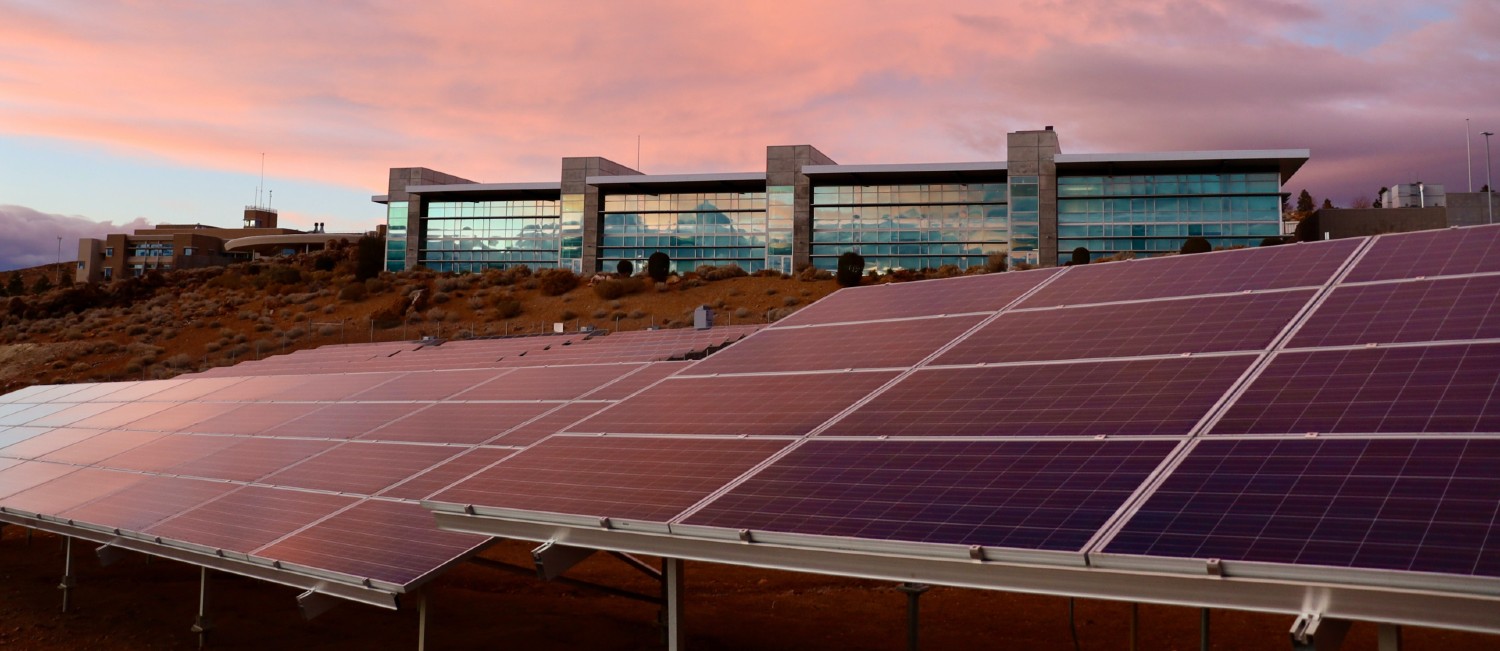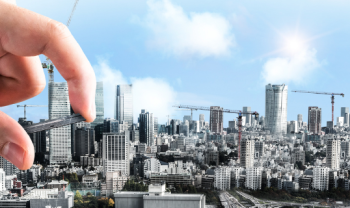13% of Canada’s GHG emissions are from the buildings sector; 18% when electricity-related emissions are included.
Source: Natural Resources Canada
With over 16 million residential buildings and 482,000 commercial and public buildings in use, the buildings sector is the third-largest source of emissions in Canada. As the Canadian government has committed to reducing the country’s total greenhouse gas emissions to net zero by 2050, green building practices are critical to achieving such a lofty goal.
There are many challenges to overcome to reach net-zero emissions by 2050 including the rate of change, government funding, labour shortages, and supply-chain management, however, for the scope of this post, our focus will be on the benefits and advantages of green building. We’ll go beyond just the environmental benefit and explore the human health and economic impact as well.
What is Green Building?
Green building begins with the understanding and acknowledgement that building has a far-reaching impact on the natural environment, including the people who inhabit those buildings every day. It is a sustainable, resource-efficient approach to construction that creates healthier spaces that have less impact on the environment.
Green building takes into account a building’s entire life cycle, from design and construction to operation and maintenance. It focuses on resource efficiency, water usage, energy conservation, indoor environment quality, sustainable materials, and on-site impact.
The Environmental Benefits of Green Building
When comparing the advantages of green building versus more traditional building approaches, the environmental benefits are what usually come to mind first. The practices of green building are designed to reduce the impact of buildings on the environment by lowering greenhouse gas emissions, using less natural resources, and minimizing waste.
Energy Efficiency
A primary goal of green building design is to be energy-efficient, reducing the energy required to light, heat, and cool buildings. Buildings that use energy from natural sources such as the sun, wind, and water are of great benefit to the environment. These buildings help to reduce greenhouse gas emissions, energy costs, and dependence on non-renewable energy sources such as oil and coal.
Less Water Consumption
Green architecture can increase water efficiency in buildings to help in both the reduction of water consumption and in the usage of alternative water sources such as rainwater and non-potable sources. By incorporating water-efficient plumbing fixtures and installing water purification systems, water waste is reduced, water can be recycled, and clean water sources can be preserved and protected.
Waste Reduction
Unlike standard building practices that waste unthinkable amounts of material every year, green building practices minimize waste by using fewer resources and incorporating the use of recycled and renewable materials. They also incorporate waste reduction and recycling programs, helping to not only reduce the amount of waste generated from construction but also during the operational lifespan of the building.

The Health Benefits of Green Building
Since Canadians spend approximately 90% of their time indoors, the buildings they live and work in can have a drastic impact on their health. While the environmental benefits of green buildings are well-established, there is evidence that green buildings positively affect the health and quality of life of their occupants.
Indoor Air Quality
Green buildings avoid the use of materials that may contain volatile organic compounds (VOCs) and other harmful substances. Instead, they use non-toxic, low-emission building materials and include ventilation systems to improve indoor air quality. Improving indoor air quality can reduce respiratory issues and other health issues associated with poor air quality. There are also studies that suggest that people who live and work in green buildings with improved indoor air quality experience higher productivity, better learning outcomes, and experience fewer sick days.
Natural Lighting
Unlike traditional buildings that use artificial lighting, which may cause eye strain and headaches, green buildings maximize the use of natural light in interior spaces. The use of natural light can have a positive impact on the mood and health of the occupants who live and work in them.
Thermal Comfort
Whether it’s a residence or a place of employment, buildings that are prone to temperature fluctuations can discomfort and add to existing health issues. The use of energy-efficient materials and ventilation systems in green buildings helps to provide thermal comfort by regulating the temperature and comfort of the indoor environment.
Noise Pollution
Noise pollution is a common issue found in traditional buildings, particularly those located in urban areas, which can cause stress, anxiety, headaches, and other health issues. Often green buildings are designed for noise reduction by using sound-absorbing materials and design features to establish a more relaxing indoor space.
The Economic Benefits of Green Building
While green buildings cost more to construct, they are more efficient to operate and maintain, saving money over the long term. The total cost of ownership must be taken into account when comparing costs versus traditional buildings. Sustainable materials not only create savings from energy and water consumption but they also have been proven to endure for years while requiring much less maintenance. Green buildings are also attractive to both commercial building owners and their tenants. Owners can charge a premium price, while tenants enjoy lower utility costs.
As mentioned in the introduction, Canada has a target of net-zero greenhouse gas emissions by 2050, which will cause the demand for green buildings to grow, resulting in the creation of many new jobs. In fact, with the right investment in the green building industry, green building could account for 1.5 million jobs by 2030.
Interested in a Career in Green Building?
If you’re interested in green building, Brighton College may be right for you. Our green building and sustainable design diploma program prepares students with the necessary skills for a career in the fields of green building design, planning, construction, and maintenance. The program focuses on a range of building design strategies and technologies with an emphasis on those that reduce environmental impact and make buildings healthier for those who occupy them.
For more information about our green building and sustainable design program, please fill out the form below.





